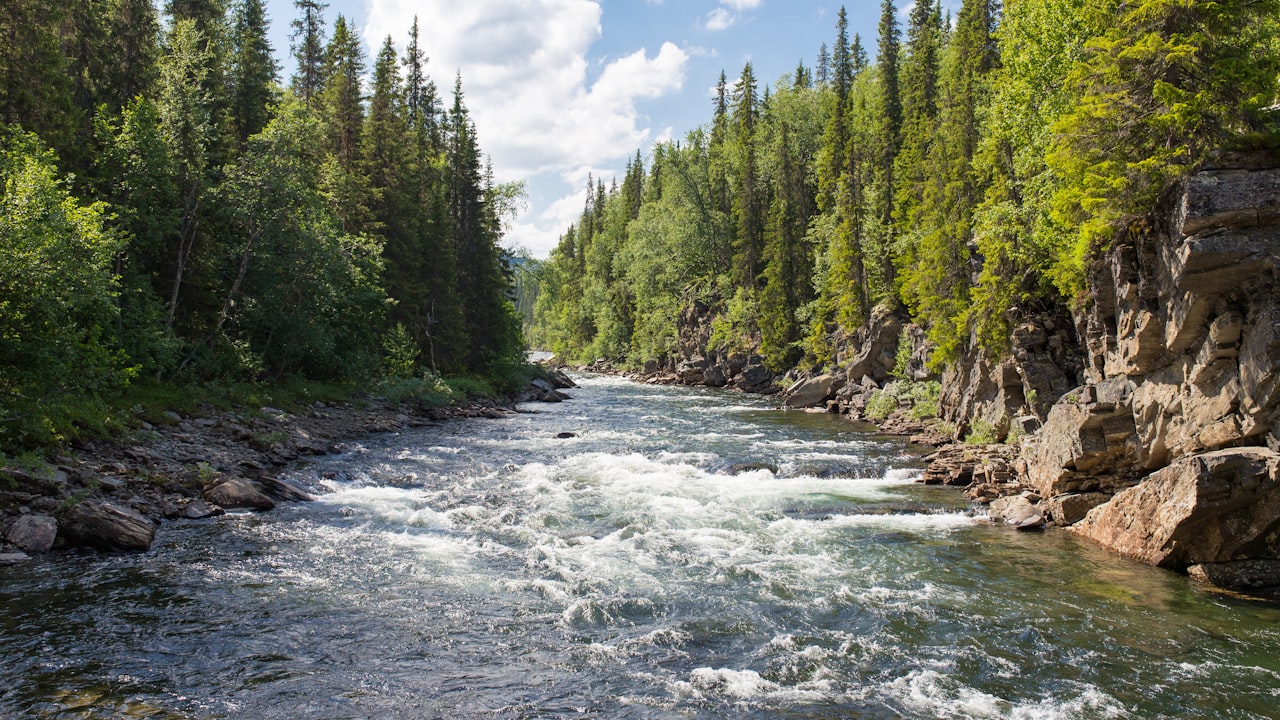Mountains and Rivers: Nature’s Majestic Symphony
Introduction
Mountains and rivers, the majestic features of the natural world, have captured the human imagination and admiration since time immemorial. These grand landscapes are symbols of strength, resilience, and the passage of time. In this exploration of mountains and rivers, we will delve into their formation, ecological significance, cultural importance, recreational value, and the profound impact they have on shaping Earth’s geography and human societies.
The Formation of Mountains: Nature’s Sculptors
Mountains, Earth’s towering peaks, are geological masterpieces sculpted by tectonic forces over millions of years. The collision of tectonic plates or the upwelling of molten rock creates mountain ranges that rise majestically from the earth’s crust. The relentless forces of erosion, driven by wind and water, further shape these peaks, creating awe-inspiring landscapes of rugged beauty.
The Significance of Rivers: Nourishing the Earth
Rivers, lifelines of the planet, meander through landscapes, connecting mountains to seas. Their flow sustains ecosystems, providing vital water resources for plant and animal life. As they cascade down mountain slopes, rivers sculpt valleys and canyons, leaving their indelible mark on the land. The ebb and flow of rivers regulate Earth’s water cycle, crucial for maintaining a delicate balance in the biosphere.
Ecological Importance: Biodiversity Hotspots
Mountains and rivers are often biodiversity hotspots, harboring a rich array of flora and fauna. From lush rainforests in mountain valleys to riverine habitats, these ecosystems support diverse life forms, many of which are unique and endemic to their habitats. These pristine landscapes serve as sanctuaries for endangered species and play a crucial role in maintaining ecological balance.
Cultural Significance: Legends and Beliefs
Throughout human history, mountains and rivers have held profound cultural and spiritual significance. They feature prominently in myths, legends, and religious beliefs of diverse cultures around the world. Many societies consider certain mountains as sacred places, centers of worship, or symbols of divine power. Rivers often symbolize renewal, purification, and the continuity of life.
Recreation and Adventure: Nature’s Playground
Mountains and rivers provide a playground for outdoor enthusiasts and adventure seekers. The thrill of climbing peaks, rafting down rapids, or trekking through rugged landscapes attracts travelers from far and wide. Outdoor activities in these natural arenas offer not only physical challenges but also moments of serenity and awe in the face of nature’s grandeur.
Geological Forces and Earth’s Evolution
The geological forces that shape mountains and rivers have profound implications for Earth’s evolution. The uplift of mountain ranges influences climate patterns, altering wind and precipitation patterns globally. Rivers carve valleys and transport sediment, shaping landforms and contributing to the geological diversity of the planet.
Mountains and Human Settlements
Mountains and rivers have significantly influenced human settlement patterns throughout history. River valleys provided fertile soil for agriculture and facilitated trade and transportation. Mountainous regions offered natural defenses and isolation, leading to the development of unique cultures and traditions. Today, cities and towns nestled amidst mountains and along riverbanks still reflect the harmonious relationship between humanity and nature.
Environmental Challenges and Conservation
While mountains and rivers inspire awe, they also face numerous environmental challenges. Deforestation, pollution, and climate change pose threats to these delicate ecosystems. Conservation efforts aim to protect biodiversity and preserve the ecological integrity of these natural wonders for future generations.
Conclusion: Nature’s Timeless Symphony
In conclusion, mountains and rivers compose nature’s timeless symphony, weaving together tales of geological marvels, ecological significance, cultural importance, and human adventures. As we continue to explore and appreciate these grand landscapes, we recognize the profound impact they have on shaping Earth’s geology, climate, and human societies. Preserving the majesty of mountains and the flow of rivers becomes an imperative task for fostering a sustainable and harmonious relationship with our planet.



